f-stop Ambassador, James W. Fortune, explored an incredible abandoned sea fort with a full set of gear in his Tilopa 50L DuraDiamond® Adventure and Travel Camera Backpack
When James got the chance to explore a long abandoned sea fort, he knew it was an offer that he could not refuse. Built between 1850 and 1852, Stack Rock Fort has been unoccupied and left to the elements since around 1929. The fort provided endless opportunities for stunning photography, but also endless opportunities for equipment to be damaged.
Q. What do you consider when you chose your gear for this adventure?
A. It was very difficult not to pack for every eventuality, but I was painfully aware of how active I would need to be while I was on the fort. I knew that there would be so much to explore across varying situations, so I wanted to make sure I could stay as agile as possible.
In the end, it came down to what would practically maximise my creative output while I was there. This included not only camera gear, but also extra layers, my warm jacket, waterproofs and (most importantly) food and liquids. The boat wasn’t coming back for around 10 hours, so once we were on the island, there was no going back for anything I forgot!
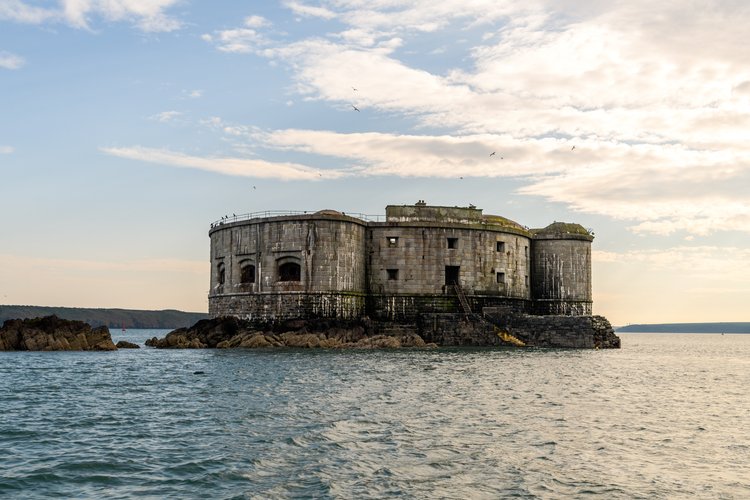


Q. You used the Tilopa 50L DuraDiamond®, what about this bag made it a good fit for this trip?
A.I actually took two bags with me, but only one made it to the fort. My Ajna stayed back at the hotel, but looked after everything else that I took to Wales with me. I paired it with the Small Pro ICU and the Packing Cell Kit to keep my personal items (and everything else that I couldn’t take to the fort) organised and safe. The laptop even fit snugly and safely in there too!
For me, the Tilopa was the perfect balance between size, weight, capacity, and agility. It was big enough to carry what I needed without becoming cumbersome. When paired with the Pro Large ICU, I was able to pack my core camera equipment (Main Body, 14-24, 24-70, 70-200, tripod, batteries and cards, filter pouch), my drone, lighting, spare clothes, food and water, while still maintaining enough agility that allowed me to explore all day with minimal discomfort.

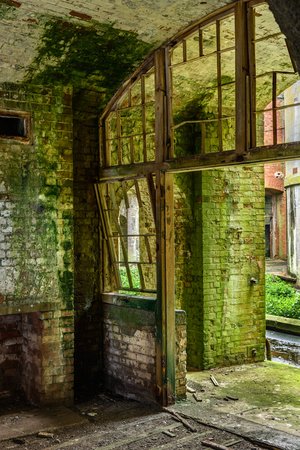

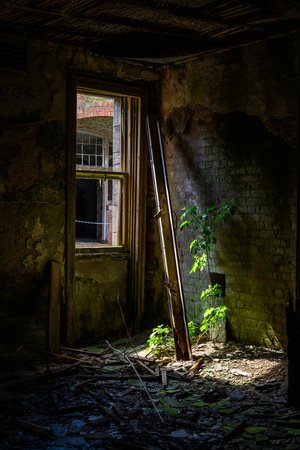

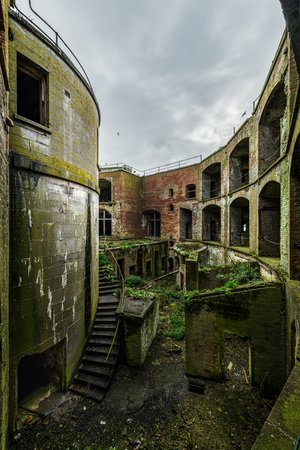
Q. What was the most challenging aspect of this project?
A. The biggest challenge was actually the drive from my home to the hotel. My departure was delayed due to needing to get a tick bite checked out (make sure you stay safe with those things to avoid Lymes disease!). I left much later than I planned, so hit the rush hour traffic. What should have been around a seven hour drive took around eight and a half hours and I arrived well into the night feeling very hungry! Getting up at 04:30 the next morning for an early departure after that drive was almost as challenging as the drive itself, but anticipation quickly melted away the grogginess.
Q. What was your biggest surprise on this trip?
A. The biggest surprise was when the boat to take us back to land didn’t turn up when it was supposed to. I didn’t panic after the first hour, but beyond that I must admit that I was beginning to become a little concerned. It turned out that the tide times meant the harbour couldn’t open to let our boat out, which gave me more time to explore and make use of the late afternoon light. I think I got some of my favourite shots during that window!
It did make a long day even longer, but issues like this become inconsequential factors to absorb when getting the opportunity to explore such exceptional locations.

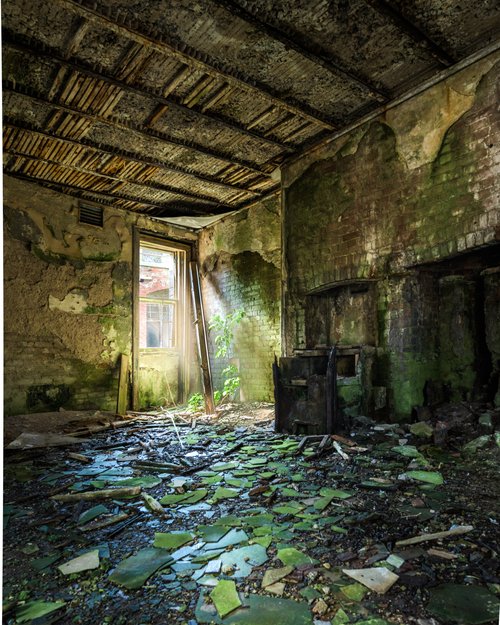




Discount Applied Successfully!
Your savings have been added to the cart.